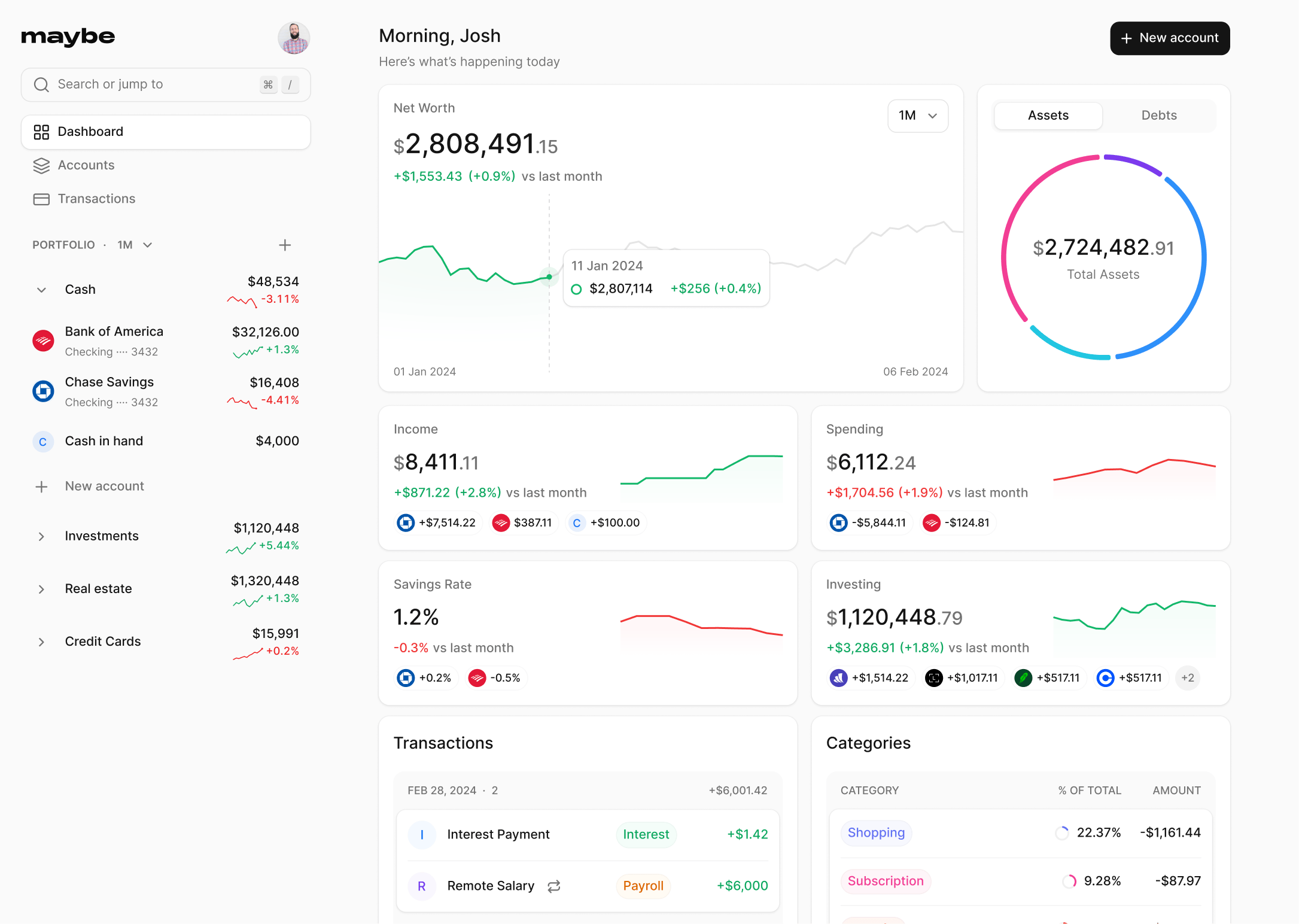Financial Terms / C - D / Capital Asset Pricing Model
Capital Asset Pricing Model
What is Capital Asset Pricing Model?
Capital Asset Pricing Model (CAPM) is used by financial analysts to figure out how much money you can make from an investment. The model considers how risky the investment is and how much money the investor wants to make. In other words, CAPM can help you understand how much risk you're taking on with an investment and whether or not the investment will meet your financial goals.
How does the capital asset pricing model work?
The CAPM formula is used to calculate the expected return on an investment.
This is the formula for capital asset pricing model:
Expected Return = Risk-Free Rate + Beta × (Market Return - Risk-Free Rate)
The "risk-free rate" is the return you could expect to earn on an investment with no risk. For example, if you put your money in a savings account at a bank, you know that your money will be safe and you will earn a small amount of interest. The risk-free rate is often used as a starting point for calculating the expected return on an investment.
The "beta" is a measure of the volatility of an investment. A beta of 1 means that the investment will move up or down in value at the same rate as the market. A beta of less than 1 means that the investment is less volatile than the market, while a beta of greater than 1 means that the investment is more volatile than the market. For example, if a stock has a beta of 2, it means that it will rise or fall twice as much as the overall market.
The "market return" is the average return investors can expect to earn on their investments over time. This number can be challenging to estimate, but plenty of resources can help you come up with a reasonable estimate.
Once these numbers are plugged into the formula, you can calculate the expected return on your investment. This number represents your best guess as to what returns you can expect to earn on your investment over time. However, remember that this number is only an estimate; actual returns may be higher or lower than predicted by the model.
How can I use CAPM to improve my personal finances?
Now that we've gone over how CAPM works let's talk about how you can use it to improve your personal finances. Here are a few tips:
- Use CAPM to Estimate Your Investment Returns : As we mentioned before, one of the main uses of CAPM is to predict the expected return on an investment. If you're considering investing in a particular stock or mutual fund, use CAPM to calculate its expected return and compare it to your required rate of return. This will help you determine whether or not the investment is worth pursuing.
- Use CAPM To Understand Your Portfolio's Volatility : Another way to use CAPM is to calculate your portfolio's beta coefficient. This number will give you an idea of how volatile your portfolio is compared to the overall market. If you're trying to build a diversified portfolio that minimizes risk, this information can be helpful in choosing which investments to include in your portfolio.
- Use CAPM To Find Undervalued Stocks : One final way to use CAPM is to find stocks that may be undervalued by the market. To do this, calculate the expected return for a stock using CAPM and compare it to the stock's actual return. If there is a discrepancy between these two numbers, it may be indicative of an undervalued stock. Of course, there are other factors that can affect a stock's price besides its level of risk, so be sure to do your homework before investing!
Discover more financial terms
Join the Maybe  waitlist
waitlist
Join the waitlist to get notified when a hosted version of the app is available.
